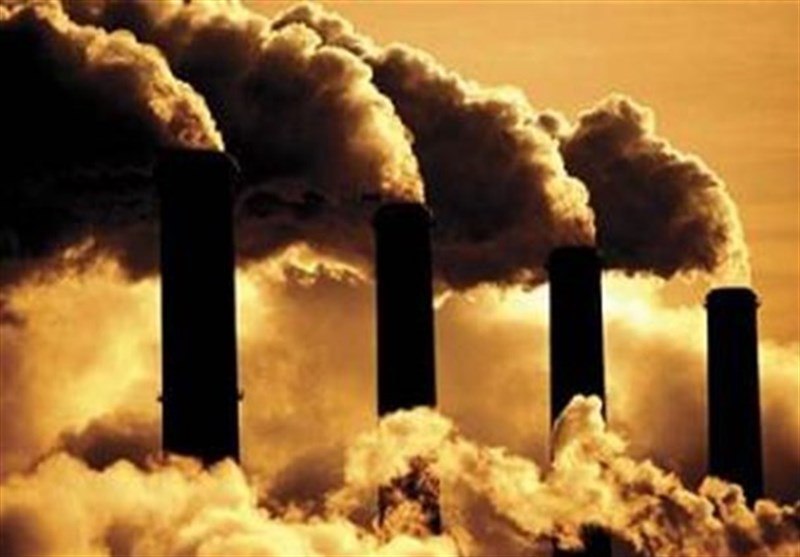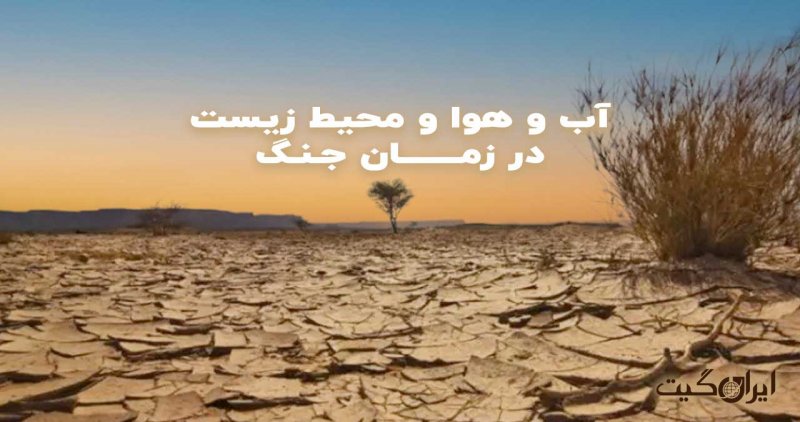Weather and Environment During Wartime
The 27th United Nations Conference on Climate Change, known as Cop27, was inaugurated on November 6 in Sharm El Sheikh. The previous conference, held last fall in Glasgow, concluded with commitments to reduce methane emissions, protect forests, and gradually phase out fossil fuels. Only a year has passed since that conference, but during this time the international balance has undergone changes.
Russia’s invasion of Ukraine has triggered a series of events that have plunged the international community into crisis, jeopardizing the ability and willingness of countries to address climate change as a shared global priority. In the face of worsening coexistence between governments, what will happen to cooperation to preserve the environment and climate, and what should be expected from Cop27 in Egypt?
Where should we start?
The latest report from the Intergovernmental Panel on Climate Change (IPCC), published at the beginning of 2022, evaluates the commitments made by countries during Cop26 to combat global warming as insufficient. According to the strategies approved by governments to reduce greenhouse gases, the IPCC estimates that the temperature increase from now until the end of the century will exceed 1.5 degrees Celsius.
According to a new United Nations report, this temperature increase could even reach 2.5 degrees Celsius. Additionally, it is expected that while greenhouse gas emissions are supposed to decrease by about 45% by 2030, unfortunately, we are on a path to a 10.6% increase.
The 1.5 degrees Celsius level is considered a safety threshold, meaning that below this level, the effects of climate change can be controlled and managed. In contrast, an increase of even half a degree Celsius will lead to serious and uncontrollable risks in terms of heatwaves, floods, droughts, ecosystem destruction, ice melt, and biodiversity loss. With a change from 1.5 degrees to 2 degrees Celsius, the number of people affected by the destruction of the climate system will be tens of millions more, and the effects will be catastrophic and unmanageable.
Overall, Cop26 failed in terms of sectoral agreements, meaning agreements on specific aspects of combating climate change that were not agreed upon by all members and were only discussed among groups of countries. For example, the agreement on the use of fossil fuels only forecasts a gradual reduction in coal consumption as an energy source, not its elimination—a gradual reduction instead of a phased-out exit.
More than half of the countries have signed a pledge to stop deforestation by 2030. China, India, and Russia withdrew from the methane emission reduction plan. Additionally, leading automotive industry countries like Germany, Japan, the United States, and China did not agree to sign an agreement stating that all cars sold between 2035 and 2040 will be electric.
Password LD
Cop27 will be an opportunity for 197 countries, plus the European Union, members of the United Nations Framework Convention on Climate Change (UNFCCC), to discuss the economic and financial tools needed to achieve the goals set in the Paris Agreements and to find a suitable and practical solution.
In fact, while previous conferences focused on defining common goals and discussing actions to be implemented, Cop27 should create mechanisms for implementing these goals and strategies. The topic to be addressed in Egypt will be the damages of climate change, technically referred to as Loss and Damage.
The definition of Loss and Damage includes both economic impacts on infrastructure, agricultural production, and commercial activities, as well as non-economic losses such as biodiversity, ecosystems, cultural heritage, and individual health.
Although the discussion of losses caused by global warming has been a main topic of negotiations in UN climate conventions for years, there has never been a definitive agreement on financial mechanisms to support the countries most affected. During Cop25 in 2019 in Madrid, governments created the Santiago Network, which serves as an operational arm for the Warsaw Mechanism.
The Warsaw Mechanism was essentially a general commitment signed during Cop19, aimed at supporting the most vulnerable countries in facing climate change. However, these two tools failed to unlock the necessary funding, and no results were achieved.
While it was expected that Cop26 would give special importance to the Warsaw Mechanism and the Santiago Network and decide to create a fund to compensate the poorest and most vulnerable countries for climate damages caused by the wealthiest countries, the negotiations held in Glasgow concluded with a document that only emphasized the need for such a fund and deferred further discussions on the details of financial mechanisms to the next round of negotiations, namely Cop27.
Proposals on the Table
On the sidelines of the recently concluded United Nations General Assembly, Denmark has pledged to support countries highly vulnerable to climate change and has announced a figure for this purpose. By doing so, Denmark will be the first country to pay an amount for Loss and Damage compensation. Australia may be the second country to follow this path.
In fact, at the end of September, the United Nations Human Rights Committee announced that the Morrison government should compensate the residents of the Torres Strait Islands for the damages inflicted on them due to insufficient actions to reduce carbon dioxide emissions. However, alongside independently taken actions, member countries of the Climate Change Convention must agree on a joint strategy to support countries needing Loss and Damage funding.
In this regard, different proposals are on the table. Antonio Guterres, the UN Secretary-General, agrees with the idea of taxing the profits of fossil fuel companies, using the logic that those who pollute and those who profit from environmental destruction should pay. Additionally, the option of supporting the issuance of long-term, low-interest instruments to finance sustainability and energy transition projects is being discussed.
With the start of Cop27 and on the occasion of the annual joint meeting of the International Monetary Fund and the World Bank in October, criticisms have been heard from those who wish for these institutions to commit more to financing green projects.

National Interests vs. Global Interests
To understand and perhaps even predict future developments, two elements should be considered during Cop27. First, the fact that global warming knows no borders. Greenhouse gas emissions in the atmosphere, along with the destruction of the climate system that has enabled life on our planet for thousands of years, affect all countries, regardless of who is most responsible.
However, instead of negotiating common strategies and cooperating, governments prefer national climate policies, which might be the approach seen at this conference as well. Although combating climate change will only be effective when all countries are in a position to implement carbon dioxide emission reduction policies, any effort to achieve carbon neutrality in one country is futile if a neighboring government continues to emit it.
Another element affecting the outcomes of this conference is the fact that one of the global consequences of the invasion of Ukraine was the increase in energy prices. Worse still is the recent decision by OPEC Plus to cut oil production to raise crude oil prices. In the face of risks threatening their energy security, countries are moving in the opposite direction of what they wanted in previous climate conferences.
To diversify their energy supply and national energy mix, several countries are reopening coal power plants and exploring shale gas extraction through fracking, refining for new pipeline construction, and reconversion to gas. All these actions have destructive effects on the climate and environment and hinder the transition to clean energy sources.
In this conference, hosted by Egypt and currently ongoing, studying how the Ukraine war and the gas crisis affect countries’ ability to agree on Loss and Damage financing mechanisms and increase global efforts to combat the climate crisis is crucial. Given the preparations for this round of Cop27 and the experience of past conferences, it is expected that this year, too, the final document will be a list of vague and insufficient commitments to reduce harmful gas emissions and contain the climate disaster.
This year, the worst possible scenario might be the confrontation of reverting to fossil resources instead of accelerating the use of renewable energies, even though the latter—renewable energies—are the only trinity of safety, cost, and sustainability.
Other related topics have been published on Iran Gate.
- Forgotten Crises
- Predicting Water Wars in Iran

